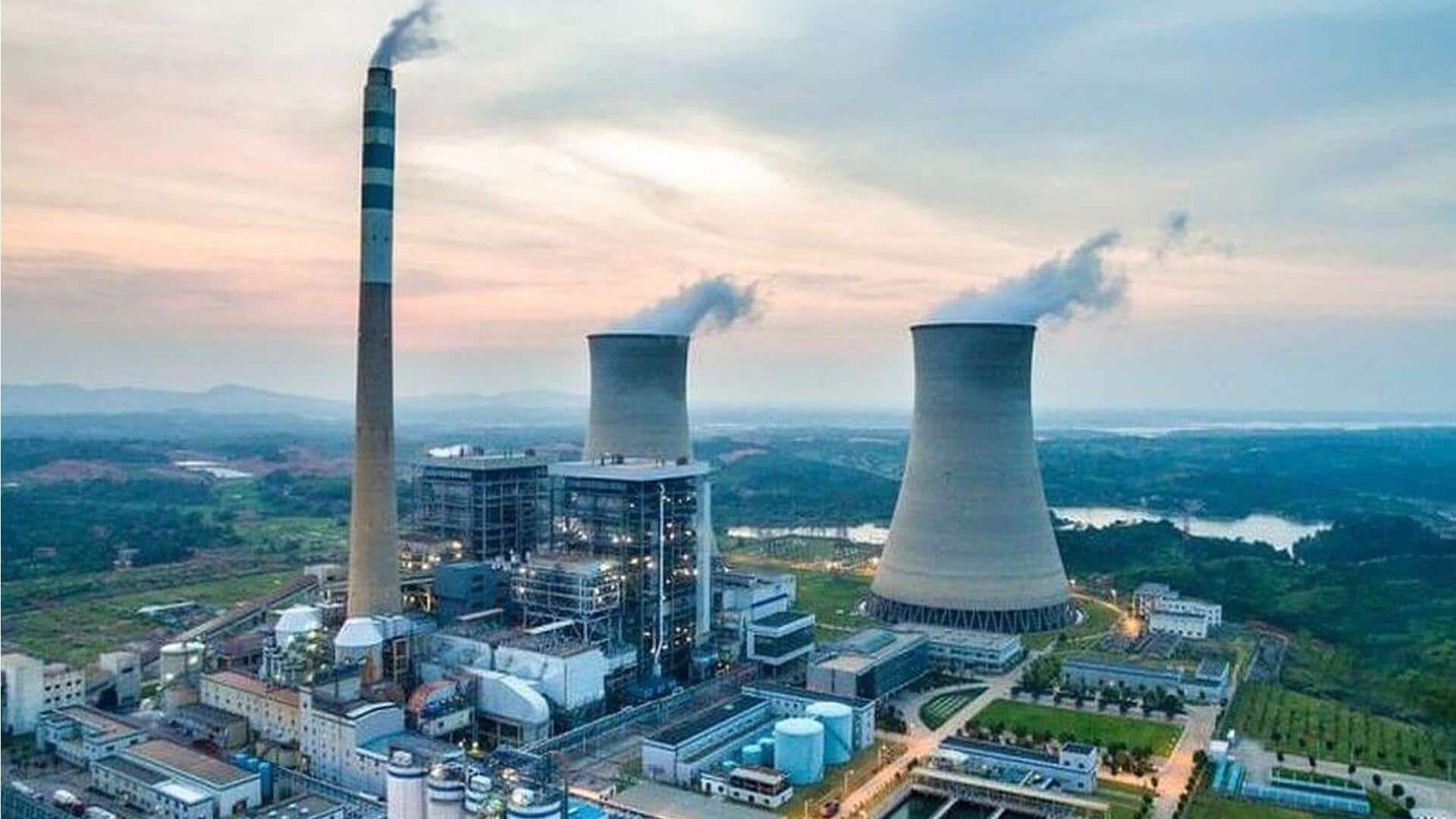
India plans to buy 4x more uranium for nuclear energy
What's the story
In a major move to bolster its energy security, India has decided to nearly quadruple its uranium imports by 2033. The decision is part of the National Nuclear Energy Mission, which aims to support the country's growing fleet of nuclear reactors. From 2025-33, the Indian government plans to import at least 9,000 metric tons of uranium (MTU) in total.
Import details
India has an indigenous reserve of 4,25,570 tons of uranium
According to data from the Department of Atomic Energy, India imported nearly 2,600 MTU of uranium over the last five years at a cost of ₹2,090 crore. The country has an indigenous reserve of 4,25,570 tons of natural uranium. However, due to poor ore quality and high costs involved in domestic mining operations, India is now looking at international sources for its nuclear energy needs.
International collaboration
India is eyeing Russia as a major partner for uranium
India is eyeing Russia as a major partner for uranium imports, with new deals likely to be signed. Australia is also being considered as a potential source. The country has already imported uranium from Uzbekistan, Canada, and Kazakhstan under long-term contracts. In FY21 alone, India imported nearly 2,000 MTU from Canada and Kazakhstan while smaller quantities were imported from Uzbekistan in FY24 and FY25.
Capacity growth
India's current nuclear power capacity stands at 8.88GW
India's current nuclear power capacity stands at 8.88GW, which is expected to grow to 22.48GW by FY31-32 and eventually reach 100GW by 2047. To achieve this ambitious goal, the government has launched the National Nuclear Energy Mission with a budget of ₹20,000 crore. The mission will be primarily executed through public sector undertakings such as Nuclear Power Corporation of India Ltd (NPCIL) and NTPC Ltd until FY32-FY33.
Reactor details
India mainly imports natural uranium in the form of UOC
India mainly imports natural uranium in the form of uranium ore concentrate (UOC), commonly known as yellowcake. This is then converted into uranium dioxide (UO2) and fabricated into fuel bundles at domestic nuclear fuel fabrication facilities. The country's indigenous Pressurized Heavy Water Reactors (PHWRs) don't require enriched uranium as they use heavy water as a moderator and coolant, which is efficient at slowing neutrons.
Energy security
India's electricity demand is growing rapidly
India's electricity demand is growing rapidly, not just for traditional applications but also for emerging sectors like electric vehicles, data centers, and artificial intelligence. The government's National Electricity Plan projects peak power demand could reach 458GW by 2032 from a peak of 250GW in FY25. The International Energy Agency has endorsed nuclear energy as a clean and reliable source that can be deployed at scale with round-the-clock availability.